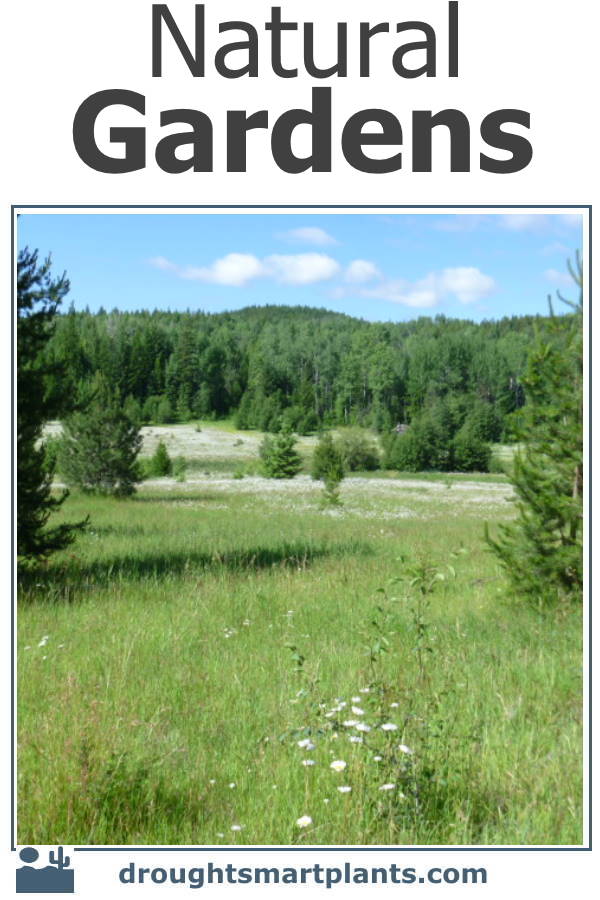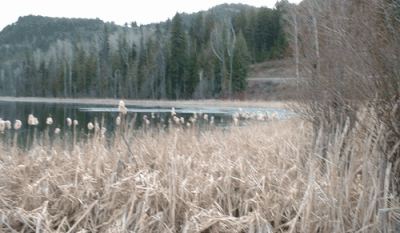Taking a page from Mother Natures planting guide
Some of the very best examples of highly evolved ecosystems are natural gardens, created and planted subtly and expertly by Mother Nature.

Combining plants that attract a multitude of birds, insects and wildlife in a palette of colour and texture, a natural garden fills a small niche with an incredible array of life forms perfectly suited to the ecology.
Natural gardens are the ultimate in bio-diversity.
In my travels, some natural gardens have left an indelible imprint on my mind and imagination.
A gurgling freshet of snowmelt in high mountain peaks flanked by a colourful blanket of wildflowers; the cusp of an alkaline blue lake lined with calcium deposits and Parnassia with its white cup shaped blooms on nodding stems; wind stroked wild grasses sprinkled with Allium cernuum on a prairie on the Chilcotin Plateau.
Native wildflowers or naturalized spring bulbs suddenly appearing in huge numbers gives a sense of awe.
All these images form a collage of beautiful natural gardens in my brain, to be brought out and inspected for inspiration.
Any garden built by humans, no matter how gorgeous, finely designed and lovingly planted falls short when measured against these.
Mother Nature paints with a laden brush, in broad swaths of colour and texture – none of the fiddly polka dot technique that humans use so often.
The Natural Garden, in the sense of being planned and planted by humans, is a relatively new concept. Brought into the limelight by James von Sweden and Wolfgang Oehme, each garden designers in their own right but when combining their talents, created the most beautiful natural gardens.
The use of natural features, or creating landscapes that closely resemble those found in nature, isn’t a new idea.
Gardens built in the nineteenth century by Capability Brown are based on an ideal but fantasy landscape.
Sweeping hills, trees carefully planted to resemble the clumps and groups found naturally, and grottos, ponds and canals are all combined to delight the owners of large properties and awe their visitors.
Have a look at the slideshow below for more ideas;
In some cases, earth moving projects and rock relocations were immense, all to give the illusion of one of natures best works.
The care needed to retain this illusion was also immense, requiring a huge workforce of gardeners to maintain.
As time went on, however, there was less inclination to spend money and time on such grandiose schemes. Now, the natural gardens that we build are low maintenance and easy to manage, both in the planning stages and in the upkeep.
When you’re planning your natural garden, look to Mother Nature for inspiration. Observe which xeric plants combine in a natural setting and this will help you choose the most suited to your conditions. Many drought tolerant plants are native to your area, and perfectly adapted to your climate and soil.

Choosing combinations of xeric plants that require similar conditions can be planted in groups together in a xeriscape design, making it easier to tailor the soil, moisture level, nutrients and sun exposure to provide for their best growth.
Nurture a natural garden that’s easy to look after and enjoy, and where nature is welcome, not pruned, weeded and fertilized out of existence.
Take the Xeriscaping e-Course – it’s free!

Sign up for the free e-course…

